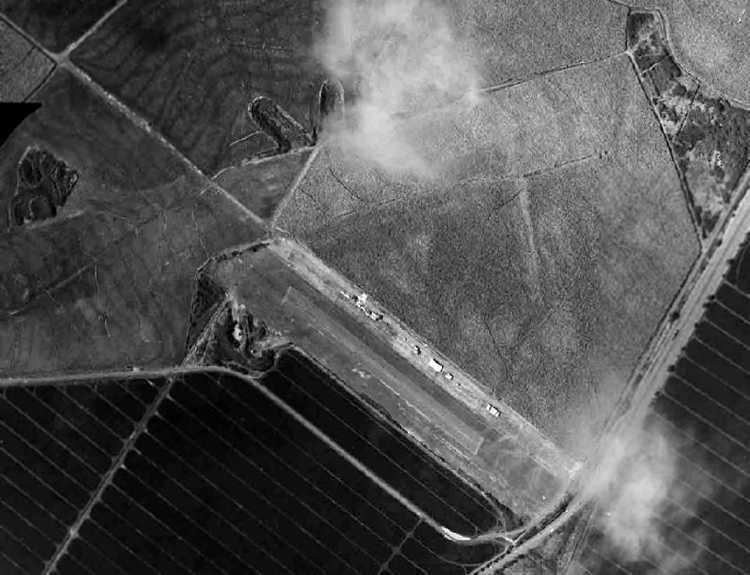Coordinates (Approximate) | Type Military airfield | |
 | ||
Controlled by | ||
History
A careful survey was made of the entire Island of Oahu in 1940 for sites on which landing fields could be constructed. With the exception of the Kīpapa Gulch area, all level ground that might be available for airfields was either so occupied, projects were underway for preparation of airfields, or the turbulence in the air created by the close proximity of mountain ranges precluded such development. The Kīpapa Gulch area was the only site remaining where an airfield could be constructed.
The date of construction of the Kīpapa airfield has not been determined. Kīpapa means 'Paving the Way' in Hawaiian. This airfield served to pave the way for many military units going overseas.
The site commonly referred to as the Kīpapa Gulch area was selected because it could accommodate two 5,000-foot runways free from obstructions. Two reasons precluded the use of the area initially. First was that it was located about two-thirds of the distance between Pearl Harbor and Wheeler Field which would further increase the congestion of the air over that part of the island. Secondly, it would remove from cultivation a highly productive tract of land.
The principal objection to the use of this site, which was congestion of the air over the Pearl Harbor area, was much less of a handicap because the site was proposed for use by the U.S. Navy for the training of carrier groups rather than as a station for U.S. Army pursuit aviation. The use of this site by the Navy would permit the concentration of carrier-group training for Naval aviation on the south side of the island of Oahu including Barber's Point, Kipapa Gulch, and Ford Island. As the training from these stations would be entirely under Naval control it lends itself to aerial traffic regulations which would be difficult to attain if large numbers of airplanes of the two services were intermingled. The Kīpapa Gulch area was advantageously located for occupancy of carrier-group aviation in that the site was readily accessible to the parent vessels of the carrier groups. It facilitated in the transfer of personnel and supplies to and from the parent vessels in Pearl Harbor. Lastly, It was advantageous in making for ease of supervision of the training of all carrier-based Naval aviation. World War II started before the airfield was constructed. During the war it apparently saw little use by the Navy due to the fact that carrier aircraft were constantly deployed during the war. The United States Army Air Corps became the principal user of the airfield by default.
Kīpapa Field was a major transiting point for units going overseas. Aircraft from this airfield searched and patrolled over the surrounding Pacific area, maintaining a 24-hour vigil to avert any attack. A large number and variety of squadrons are documented to have been stationed at Kīpapa Airfield during World War II.
Other units that spent time at Kīpapa Airfield included: The 302nd Fighter Control Squadron October 1944; The 318th Fighter Group, 19th Fighter Squadron 30 May 1943, flying P-40's; The 92nd Air Refueling Squadron 18 March 1945, flying B-24’s Liberators; The 45th Airlift Squadron 9 September 1945; the 4th Emergency Rescue Squadron June 1944; and the Seventh Air Force, 549th Combat Training Squadron 20 October 1944 to 19 February 1945, flying P-61 Black Widow night fighters performing training and defense duties.
Many other different types of aircraft used Kīpapa Field during World War II including: P-40B, P-40F, P-70, P-61A, P-61B, and C-46D, because all were involved in accidents in the area.
The airfield was closed shortly after the end of World War II. Nothing remains today of the former Kīpapa Airfield. Its central location and level area made it ideal for development. The property has become a Mililani Town housing development. The entire airfield area is located south the Mililani Golf Course between Meheula Parkway and Hokuala Streets. Mililani District Park is located near the intersection of the two main runways; unfortunately, there are no indications of this site's military history.
